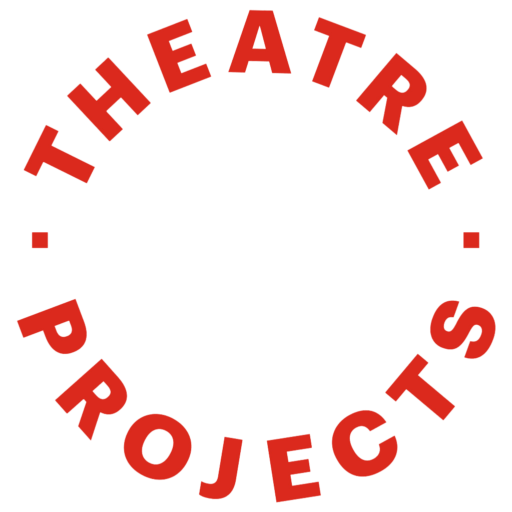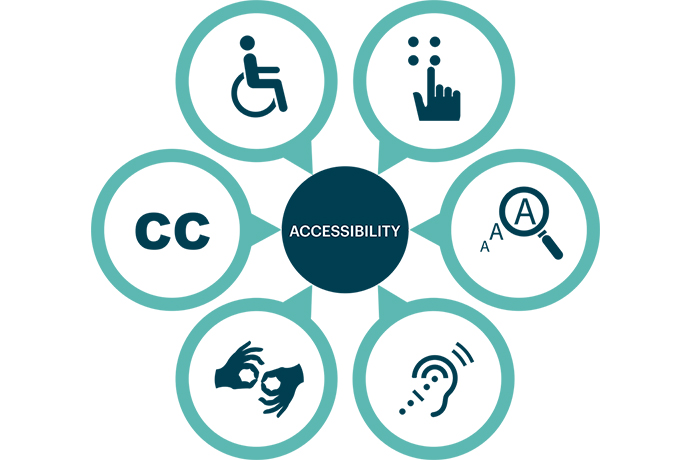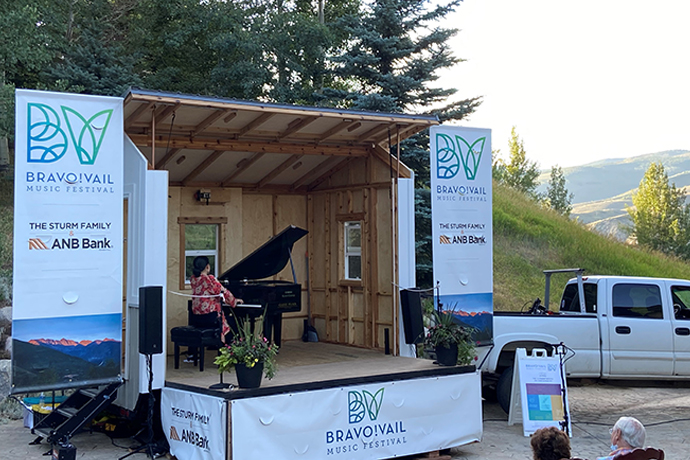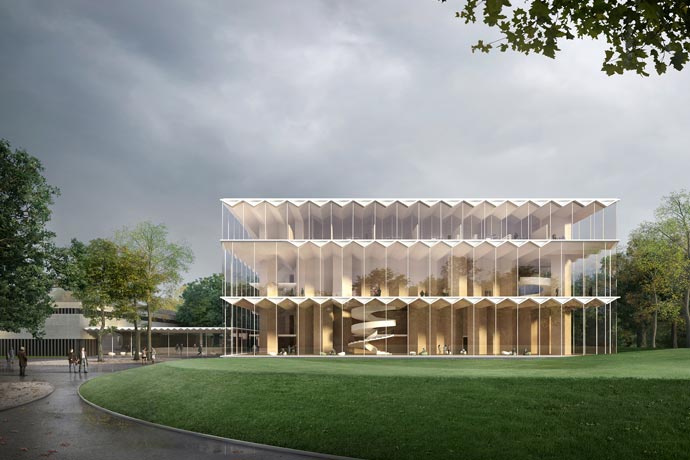We celebrate the positive progress that’s been made in making our society more accessible and inclusive over the past three decades since Congress passed the ADA.
While 26% of adults in the United States are living with some form of disability, we recognize that the issue affects all of us. So, when we design spaces, we don’t just design them to comply with the ADA standards for accessible design; we go beyond that. We want our designs to feel inviting and welcoming to everyone, so we work towards universal design principles in our work.
The universal design principles, as set out by the Center for Universal Design, are:
- Equitable use (the design is useful and marketable to people with diverse abilities)
- Flexibility in use (the design accommodates a wide range of individual preferences and abilities)
- Simple and intuitive (use of the design is easy to understand, regardless of the user’s experience, knowledge, language skills, or current concentration level)
- Perceptible information (the design communicates necessary information effectively to the user, regardless of ambient conditions or the user’s sensory abilities)
- Tolerance for error (the design minimizes hazards and the adverse consequences of accidental or unintended actions)
- Low physical effort (the design can be used efficiently, comfortably, and with a minimum of fatigue)
- Size and space for approach and use (appropriate size and space is provided for approach, reach, manipulation, and use regardless of the user’s body size, posture, or mobility)
This week we proudly showcase some projects we’ve collaborated on that strive to welcome everyone. We’ll continue to explore new ways to create accessible, inclusive, and equitable spaces that bring people together.






